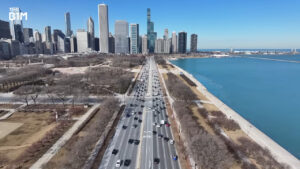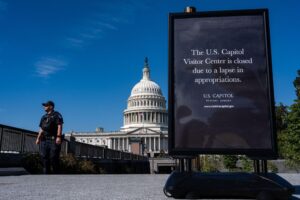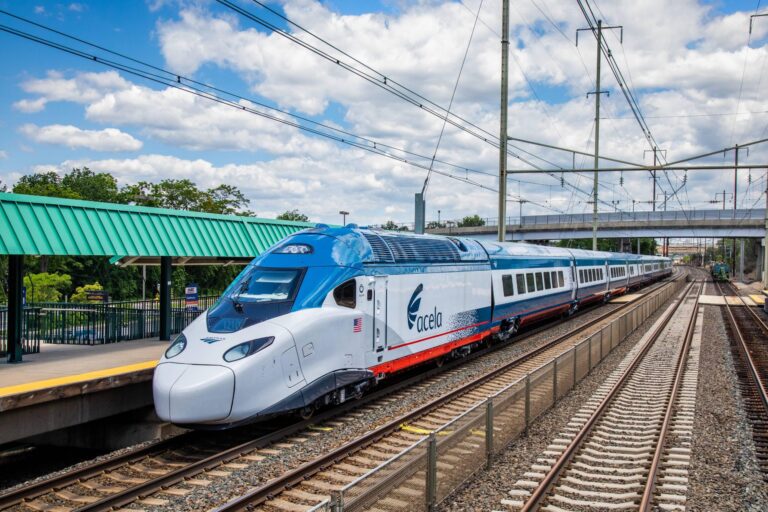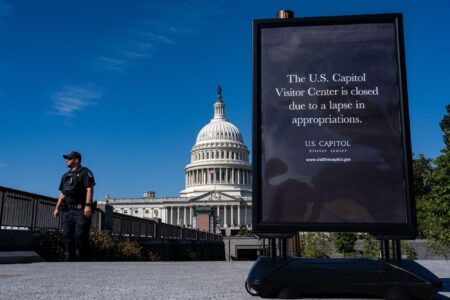Transforming Pacific Northwest Transit: The Cascadia High-Speed Rail Initiative
Introducing the Cascadia High-Speed Rail: Vision and Objectives
The Cascadia High-Speed Rail project represents a groundbreaking effort to enhance transportation connectivity throughout the Pacific Northwest corridor, linking major metropolitan areas from Vancouver, British Columbia, through Seattle and Portland, extending as far south as Eugene, Oregon. Utilizing state-of-the-art rail technology, the system is designed to achieve speeds surpassing 200 miles per hour, significantly cutting travel durations and improving regional accessibility.
Central to this initiative is a commitment to environmental sustainability and seamless integration with existing public transit networks. The Washington State Department of Transportation (WSDOT) envisions this project as a catalyst for economic vitality, environmental responsibility, and improved living standards for millions of inhabitants across the region.
The core strategic aims include:
- Minimizing carbon footprint by offering a zero-emission alternative to conventional travel modes.
- Expanding transit accessibility with dependable and cost-effective connections to employment centers and cultural landmarks.
- Stimulating economic growth by enhancing business opportunities through improved regional linkages.
- Ensuring safety and durability through resilient infrastructure and rigorous operational standards.
| Milestone | Expected Completion | Significance |
|---|---|---|
| Environmental Impact Assessment | 2025 | Guarantees regulatory compliance and community involvement |
| Construction Commencement | 2027 | Generates employment and upgrades infrastructure |
| Operational Launch | 2035 | Provides rapid transit for over 10 million residents |
Assessing Economic and Environmental Benefits Along the Cascadia Corridor
The introduction of the Cascadia Corridor high-speed rail is poised to redefine regional economic dynamics by fostering substantial job creation and business expansion. During the construction phase and beyond, the project is expected to generate over 15,000 new jobs within five years, spanning sectors such as construction, hospitality, retail, and real estate development. Additionally, improved accessibility is projected to increase tourism by approximately 20%, invigorating local economies and elevating property values along the rail route.
Environmentally, the shift from personal vehicles and short-haul flights to electric-powered rail travel is anticipated to reduce carbon emissions by nearly 40%, aligning with Washington State’s aggressive climate action targets. This modal shift will also alleviate urban traffic congestion, decrease noise pollution, and improve air quality in densely populated areas.
- Employment growth: Creation of diverse job opportunities across multiple industries.
- Tourism boost: Enhanced regional access attracting more visitors annually.
- Streamlined commerce: Accelerated freight and passenger movement optimizing supply chains.
| Indicator | Current Status | Projected Outcome |
|---|---|---|
| Annual CO2 Emissions (tons) | 1,200,000 | 720,000 |
| Daily Vehicle Trips Reduced | — | 35,000 |
| Noise Level Reduction (dB) | — | 15 |
Overcoming Engineering Obstacles with Advanced Solutions
Building a high-speed rail network across Washington’s varied terrain involves navigating significant engineering challenges. The region’s seismic vulnerability, particularly due to the Cascadia Subduction Zone, demands infrastructure capable of withstanding earthquakes. Urban areas require innovative tunneling techniques to minimize disruption, while environmentally sensitive zones necessitate careful design to protect ecosystems.
To address these issues, engineers are implementing:
- Seismic isolation systems that absorb and dissipate earthquake forces, enhancing structural safety.
- Microtunneling technology enabling underground construction beneath busy city centers with minimal surface impact.
- Eco-friendly crossings such as wildlife overpasses and green bridges to maintain habitat connectivity.
Additional innovations focus on sustainability and operational efficiency, including modular track components for expedited installation and maintenance, bridges constructed with recycled materials and aerodynamic designs to reduce environmental impact, and integrated smart monitoring systems providing continuous data on infrastructure health.
| Challenge | Technical Approach | Advantage |
|---|---|---|
| Seismic hazards | Seismic isolation bearings | Improved earthquake resistance |
| Urban construction | Microtunneling methods | Reduced disruption to city activities |
| Environmental preservation | Eco-bridges and wildlife corridors | Protection of natural habitats |
Policy Strategies to Expedite Progress and Foster Community Involvement
Accelerating the Cascadia High-Speed Rail project requires cohesive collaboration among state agencies, municipal governments, and private sector partners. Streamlining regulatory approvals and adopting flexible policies that accommodate emerging technologies and evolving transit needs are critical. Recommended policy measures include:
- Forming cross-agency task forces to coordinate project phases and swiftly address challenges.
- Promoting transit-oriented development through adaptable land use regulations along the rail corridor.
- Securing diverse funding sources by leveraging public-private partnerships and federal infrastructure grants.
Engaging Washington’s diverse communities is essential for project success. Beyond conventional public meetings, employing digital engagement tools and appointing community liaisons can ensure inclusive participation. Effective outreach strategies include:
| Engagement Method | Objective | Audience |
|---|---|---|
| Online Town Halls | Maximize accessibility and gather immediate feedback | General Public |
| Community Advisory Groups | Obtain localized perspectives and build trust | Neighborhood Representatives |
| Social Media Outreach | Educate and engage younger populations | Youth and Students |
Conclusion: Paving the Way for a Connected and Sustainable Future
As the Washington State Department of Transportation advances the Cascadia High-Speed Rail project, the Pacific Northwest stands on the cusp of a transportation revolution. By dramatically reducing travel times, alleviating congestion, and championing eco-friendly transit solutions, this initiative embodies a forward-thinking approach to regional development. The coming years will be pivotal as stakeholders and communities collaborate to realize a modern, efficient, and sustainable transportation network that supports economic prosperity and environmental stewardship for generations to come.







